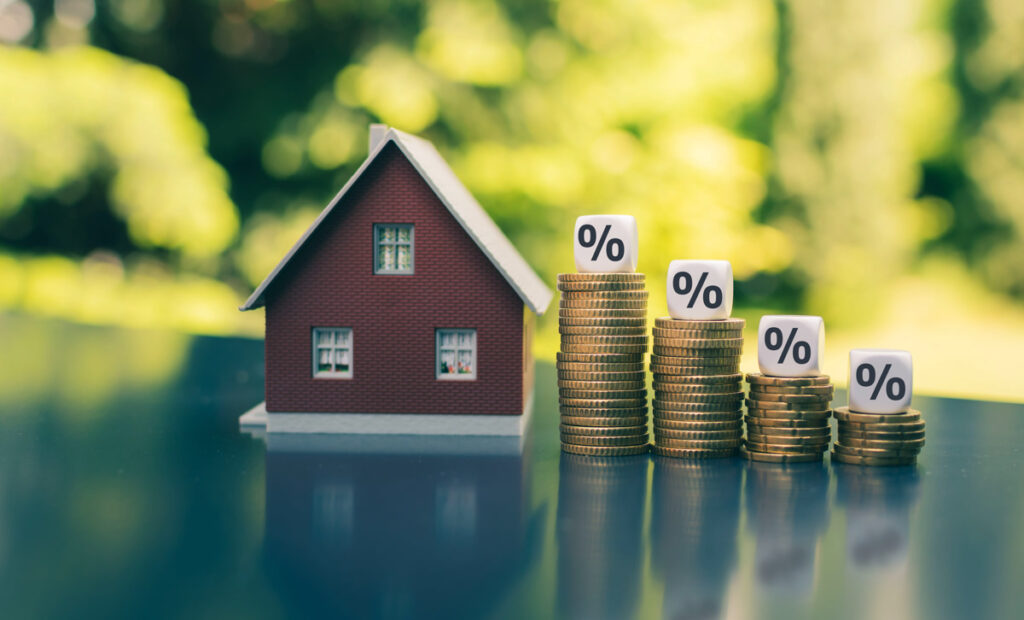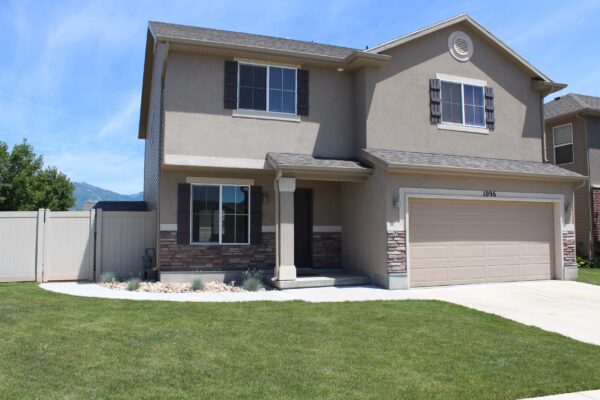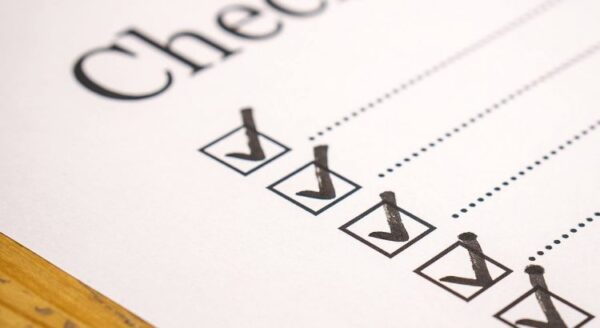What is a Down Payment?
Understanding the Basics
A down payment is the money you pay upfront when buying a home. Think of it as your initial investment in the house. The rest of the cost is covered by a home loan, which you pay back over time.

Why Does It Matter?
Your down payment can affect how much you pay in interest and fees, like the mortgage rate and APR. Most lenders require a down payment, which can be anywhere from 3% to 20% of the home’s price. Some government-backed loans even allow you to buy a home with little to no down payment.
Types of Down Payments
Conventional Loan
A conventional loan usually requires at least 5%, though some programs allow as little as 3%. If you’re getting an FHA loan, you may only need 3.5% if your credit score is 580 or higher. Military veterans and active-duty service members can get VA loans, which don’t require a down payment at all. If you’re buying in a rural area, a USDA loan might be an option, as it also requires no down payment. The right loan depends on your financial situation and goals.
How to Calculate Your Down Payment

Determining the Amount
To figure out how much you need for a down payment, start with the home price. For example, if you’re buying a $300,000 house and want to put down 20%, that means you’ll need $60,000.
Considering Additional Costs
Don’t forget about closing costs, which can add to the upfront expenses. Your credit score also matters—having a higher score can help you qualify for lower home interest rates in Utah.
Using Online Calculators
You can use a mortgage payment calculator to see how different down payment amounts affect your monthly payments and long-term costs.
Current Mortgage Rates in Utah
How Rates Impact Your Loan
Knowing the current mortgage rates in Utah is important when planning your down payment. Interest rates change based on economic conditions, your credit score, and the type of loan you choose.

Choosing the Right Mortgage Term
A 30-year fixed mortgage rate in Utah offers steady payments over a long period, while a 15-year mortgage has lower interest rates but higher monthly payments. Check with banks and lenders to help you find the best home interest rates in Utah.
Tools to Help Calculate Your Down Payment
Bank and Credit Union Calculators
If you’re unsure how much to put down, several resources can help. Banks and credit unions offer online calculators to estimate your down payment and monthly payments. Government websites, like those for FHA loans and VA loans, also provide tools specific to their programs. Real estate websites and mortgage brokers also offer insights into home interest rates in Utah.
Final Thoughts
Making an Informed Decision
Your down payment is a key part of buying a home, and understanding how it works can save you money in the long run. Whether you’re considering a conventional loan, an FHA loan, or another option, knowing the Utah interest rates and using online tools can help you make the best decision. Real estate websites and mortgage brokers also offer insights into home interest rates in Utah.
Where to Learn More
For more guidance, check out our mortgage resources or visit lender and government websites for up-to-date details on current mortgage rates in Utah.




